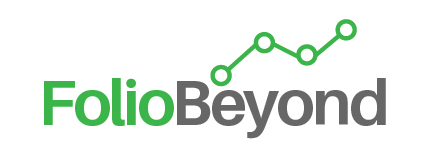The Agg Index has Extended More than Some Investors May Appreciate
December 3, 2021
4 minute read
Your Agg portfolio may be exposing you to more interest rate risk than you bargained for.
Just as many equity investors maintain broad exposure through an index or fund that tracks the S&P 500, many fixed income investors target the Bloomberg US Aggregate Bond Index (the “Agg”)[1]. The Agg index is structured to represent all investment grade sectors of the fixed income market – government, agency, mortgage, and corporate. It is market value weighted. Many fixed income investors, including fixed income allocations in balanced accounts hold funds and exchange traded products that track the Agg, including the roughly $90 billion AUM ETF sponsored by iShares (AGG), or the $82 billion AUM ETF sponsored by Vanguard (BND).[2]
Similarly, to many S&P 500 investors, some broad market fixed income investors may take a “fund it and forget it” approach to their Agg exposure. We believe that stance is overdue for a review. The interest rate exposure of the Agg – its duration risk – has increased materially in just the last few years.[3]
As the graph shows, the current duration of the AGG is roughly 6.7 years. That’s a little bit shorter than the duration of the 10-year US treasury. Prior to 2013, the duration of the Agg was less than 4.5 years. Over the following 5 years through 2017 the average duration trended to over 5.5 years. And with a small dip in mid-2019 it has trended to its current peak. Put another way, the interest rate exposure of the Agg has increased by almost 50% in a relatively short period of time! Many investors may not have fully internalized the implications of this for their fixed income portfolios, and the amount of risk they are holding.
The following table shows the impact on the Agg index that would come from a range of interest rate shocks for the historical durations of the Agg.
The only way investors can mitigate this increased duration risk is by reducing the duration of their Agg exposure. FolioBeyond has fixed income solutions and strategies that can be utilized to shorten portfolio duration and not give up current yield.
Dean Smith
Chief Strategist
FolioBeyond
www.foliobeyond.com
dsmith@foliobeyond.com
[1] The Agg has gone through several iterations since its launch back in [1986] as the “Lehman Agg.” When Lehman Brothers failed and was acquired by Barclays following the 2007-08 financial crisis, it was briefly known as the “Barclays Agg.” Bloomberg acquired Barclays index business in [2016], but it consistently remained one of and perhaps the most widely-followed fixed income indexes published.
[2] Source: Bloomberg
[3] Duration is a measure of interest rate sensitivity for a security or portfolio and, roughly speaking, measures the extent to which the value of a security or portfolio declines in the event of a 1% increase in interest rates. There are nuances to that, but it is sufficient for our purposes here. Source: Bloomberg.



